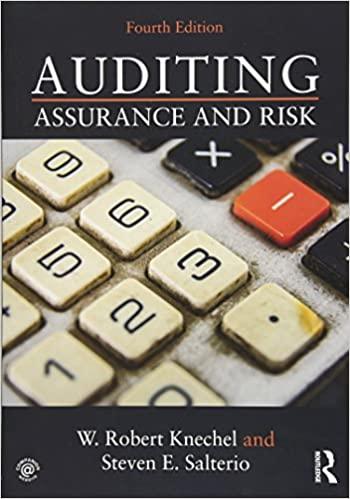

Assume that J R Toys store bought and sold a line of dolls during December as follows: (Click the icon to view the transactions.) JR Toys uses the perpetual inventory system. Read the requirements. Requirement 2. Compute the cost of goods sold, cost of ending merchandise inventory, and gross profit using the LIFO inventory costing method. Begin by computing the cost of goods sold and cost of ending merchandise inventory using the LIFO inventory costing method. Enter the transactions in chronological order, calculating new inventory on hand balances after each transaction. Once all of the transactions have been entered into the perpetual record, calculate the quantity and total cost of merchandise inventory purchased, sold, and on hand at the end of the period. (Enter the oldest inventory layers first.) Purchases Cost of Goods Sold Inventory on Hand Unit Unit Unit Total Date Quantity Cost Cost Quantity Cost Cost Quantity Cost Cost Dec. 1 Total Total Dec. 8 Dec. 14 Dec. 21 Totals Compute the gross profit using the using the LIFO inventory costing method. Gross profit is $ using the LIFO inventory costing method. Requirement 3. Which method results in a higher cost of goods sold? The method with the higher cost of goods sold is Requirement 4. Which method results in a higher cost of ending merchandise inventory? The method with the higher cost of ending merchandise inventory is Requirement 5. Which method results in a higher gross profit? The method with the higher gross profit is Enter any number in the edit fields and then continue to the next question. Assume that JR Toys store bought and sold a line of dolls during December as follows: i (Click the icon to view the transactions.) JR Toys uses the perpetual inventory system. Read the requirements. Requirement 1. Compute the cost of goods sold, cost of ending merchandise inventory, and gross profit using the FIFO inventory costing method. Begin by computing the cost of goods sold and cost of ending merchandise inventory using the FIFO inventory costing method. Enter the transactions in chronological order, calculating new inventory on hand balances after each transaction. Once all of the transactions have been entered into the perpetual record, calculate the quantity and total cost of merchandise inventory purchased, sold, and on hand at the end of the period. (Enter the oldest inventory layers first.) Purchases Cost of Goods Sold Inventory on Hand Unit - X Requirements X Unit Total Unit Total Total More Info Date Quantity Cost Cost Quantity Cost Cost Quantity Cost Cost Dec. 1 11 11 121 11 Dec. 8 9||| 17 1531 units @ $ 11 each 2 11 22 Dec. 1 Beginning merchandise inventory 8 Sale 9 Dec. 14| 14 151 2101 21 11 22 14 Purchase 14 units @ $ 17 each units @ $ 15 each units @ $ 17 each 1. Compute the cost of goods sold, cost of ending merchandise inventory, and gross profit using the FIFO inventory costing method. 2. Compute the cost of goods sold, cost of ending merchandise inventory, and gross profit using the LIFO inventory costing method. 3. Which method results in a higher cost of goods sold? 4. Which method results in a higher cost of ending merchandise inventory? 5. Which method results in a higher gross profit? 14 15 210 21 Sale 13 Dec. 21 2 11 22 91 15 135 Print Done Totals Print Done Compute the gross profit using the using the FIFO inventory costing method. Gross profit is $ using the FIFO inventory costing method. Requirement 2. Compute the cost of goods sold, cost of ending merchandise inventory, and gross profit using the LIFO inventory costing method. Begin by computing the cost of goods sold and cost of ending merchandise inventory using the LIFO inventory costing method. Enter the transactions in chronological order, calculating new inventory on hand balances after each transaction. Once all of the transactions have been entered into the perpetual record, calculate the quantity and total cost of merchandise inventory purchased, sold, and on hand at the end of the period. (Enter the oldest inventory layers first.) Purchases Cost of Goods Sold Inventory on Hand Unit Total Unit Total Unit Total Date Quantity Cost Cost Quantity Cost Cost Quantity Cost Cost Dec. 1 Enter any number in the edit fields and then continue to the next








